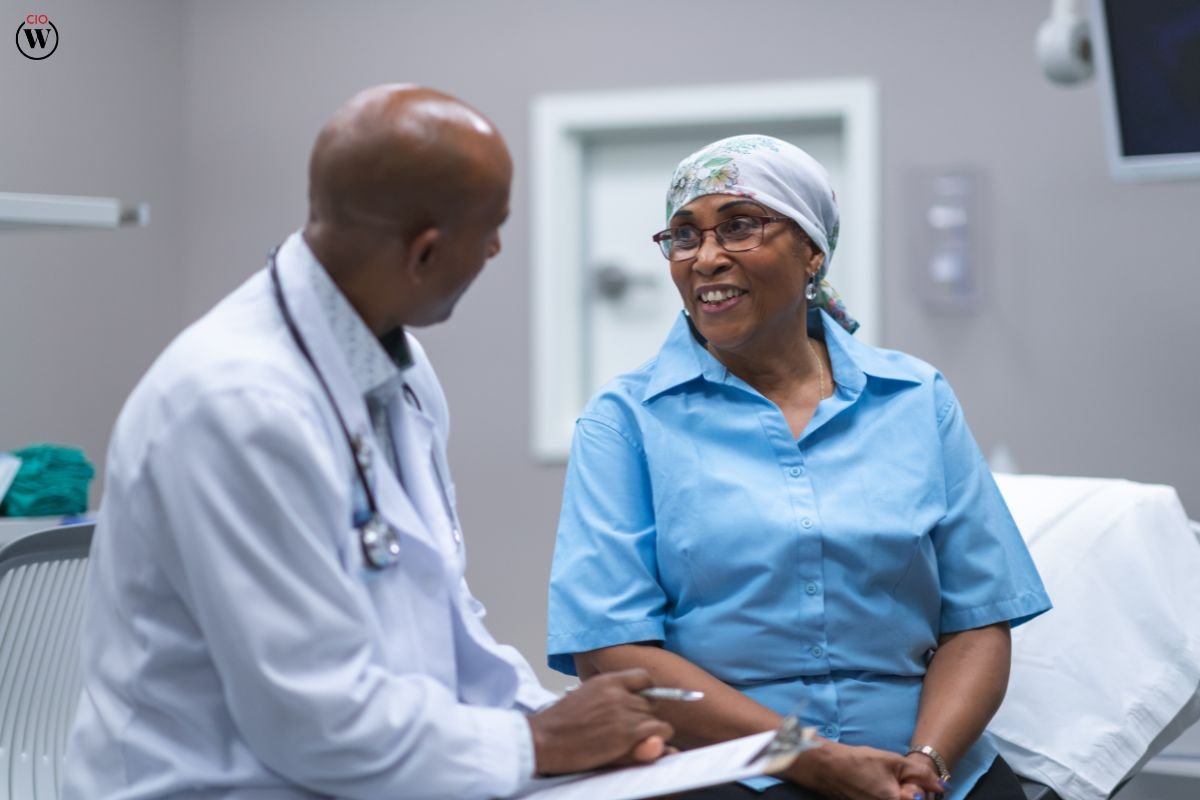Breast cancer is a serious health issue that can affect people at any age. Although it’s often talked about in relation to older women or those with a family history, unmarried girls can also be at risk. Knowing the causes of breast cancer in unmarried girls is important for early detection, prevention, and effective treatment.
What is Breast Cancer?
Breast cancer is characterized by the abnormal growth of cells in the breast tissue, which can form tumors. These tumors can be invasive, spreading to other parts of the body, or non-invasive, remaining within the ducts or lobules of the breast. Understanding the causes of breast cancer is crucial for early detection and treatment, which are vital for improving prognosis and survival rates.
Causes of Breast Cancer in Unmarried Girls
1. Genetic Factors
Genetic factors are among the most significant contributors to breast cancer. Mutations in specific genes, such as BRCA1 and BRCA2, are well-documented causes of breast cancer. These genetic mutations increase the likelihood of developing breast cancer at a younger age.
- BRCA1 and BRCA2 Mutations: The BRCA1 and BRCA2 genes produce proteins that help repair damaged DNA. Mutations in these genes impair this repair process, leading to an increased risk of breast and ovarian cancers. While these mutations are often inherited from a parent, they can affect unmarried girls, necessitating early genetic counseling and testing.
- Family History and Genetic Testing: Unmarried girls with a family history of breast cancer should consider genetic testing to determine their risk. Genetic counseling can provide insights into whether they carry harmful mutations and discuss preventive measures or early screening options.
2. Hormonal Factors
Hormones play a significant role in the causes of breast cancer. Estrogen and progesterone are hormones that stimulate the growth of breast cells, which can sometimes lead to cancerous growths.

- Menstrual History: Girls who start menstruating at an early age (before 12) or experience late menopause (after 55) are at a higher risk of developing breast cancer due to prolonged exposure to estrogen. The duration and intensity of estrogen exposure are thought to influence cancer risk.
- Hormonal Contraceptives:The use of hormonal contraceptives, such as birth control pills, has been studied for its potential impact on breast cancer risk. Some research suggests that long-term use may slightly increase the risk, although the benefits of hormonal contraceptives often outweigh the risks for many women. Discussing personal risk factors, including causes of breast cancer, with a healthcare provider can help in making informed choices.
3. Lifestyle Factors
Lifestyle choices can significantly impact the causes of breast cancer. Several lifestyle factors have been linked to an increased risk of breast cancer, including diet, physical activity, and body weight.
- Diet and Nutrition: Diets high in saturated fats and low in fruits and vegetables may contribute to an increased risk of breast cancer. A diet rich in fiber, antioxidants, and healthy fats is associated with a lower risk. Encouraging healthy eating habits can be an important preventive measure.
- Physical Activity: Regular physical activity helps maintain a healthy weight and balance hormone levels, which can reduce the risk of breast cancer. Sedentary lifestyles and obesity, which are known causes of breast cancer, are linked to higher risks, making exercise a critical component of prevention.
- Obesity: Obesity, particularly after puberty, is associated with an increased risk of breast cancer. Excess body fat can lead to higher levels of estrogen, which may promote breast cancer growth.
4. Environmental Factors
Environmental factors and exposures can also contribute to the causes of breast cancer. Although research is still ongoing, some environmental factors have been recognized as possible risks.
- Radiation Exposure: Exposure to radiation, particularly during adolescence, can increase the risk of developing breast cancer. This risk is higher for those who have undergone radiation therapy for other medical conditions, such as Hodgkin’s lymphoma.
- Environmental Pollutants: Exposure to certain chemicals and pollutants, such as pesticides, heavy metals, and endocrine disruptors found in plastics and personal care products, may be linked to breast cancer. Reducing exposure to these substances can be a precautionary measure.
5. Family History
Having a family history of breast cancer can greatly increase your risk of getting the disease. In many cases, hereditary factors are major causes of breast cancer.

- Genetic Predisposition: Girls with close relatives (such as a mother, sister, or aunt) who have had breast cancer are at a higher risk. The presence of breast cancer in multiple family members can indicate a hereditary syndrome, necessitating careful monitoring and possible genetic testing.
- Preventive Measures: Individuals with a strong family history of breast cancer should discuss preventive options with their healthcare provider. This may include regular screenings, lifestyle modifications, and, in some cases, prophylactic surgery or medication.
6. Personal Health History
Personal health history can affect the risk of breast cancer. Past health conditions and medical history might influence this risk.
- Benign Breast Conditions: Women who have had benign breast conditions, such as atypical hyperplasia or lobular carcinoma in situ, may have an increased risk of breast cancer. Regular monitoring and follow-up with a healthcare provider are important for these individuals.
- Other Health Conditions: A history of certain other health conditions, such as ovarian cancer, can also be associated with an increased risk of breast cancer. Individuals with such health histories should be vigilant and engage in regular screenings.
Early Detection and Prevention
Early detection is critical for improving outcomes in breast cancer. Understanding the causes of breast cancer can help identify risks. Unmarried girls should be proactive about their breast health, including regular self-examinations and clinical breast exams.
- Self-Examination: Performing regular breast self-exams helps individuals become familiar with the normal look and feel of their breasts, making it easier to detect any changes or abnormalities early.
- Screenings and Check-ups: Regular clinical breast exams and, for those with increased risk factors, mammograms or other imaging studies are essential for early detection. Healthcare providers can determine the appropriate screening schedule based on individual risk factors.
- Preventive Measures: Adopting a healthy lifestyle, reducing exposure to known risk factors, and engaging in preventive health practices can lower breast cancer risk. For those with a high genetic risk, preventive options such as prophylactic mastectomy or medication may be considered.
The Role of Awareness and Education
Education and awareness about breast cancer are vital for promoting early detection and preventive measures. Increasing knowledge about the causes of breast cancer and risk factors empowers individuals to take control of their health.

- Educational Programs: Participating in educational programs and workshops on breast health can provide valuable information about self-examination, risk factors, and preventive measures.
- Community Support: Support groups and community resources offer additional information and support for those at risk or affected by breast cancer. Connecting with others facing similar challenges can provide emotional support and practical advice.
Conclusion
Understanding the causes of breast cancer in unmarried girls is key for prevention and early detection. Factors like genetics, hormones, lifestyle, environment, family history, and personal health contribute to the risk. Regular screenings, a healthy lifestyle, and awareness of risk factors help reduce this risk and ensure early treatment. Increased education about breast cancer empowers individuals to make informed health decisions and seek necessary medical support.









